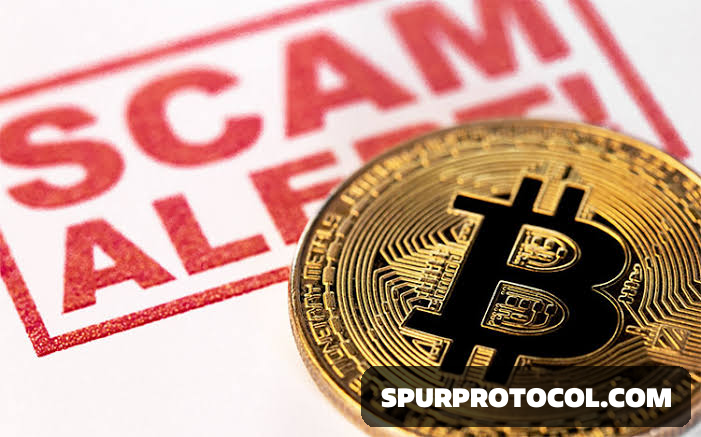So, how do these scams happen, and more importantly, how can you protect yourself? Let’s dive into the dark side of crypto and uncover the biggest scams the industry has ever seen.
1. The Biggest Crypto Scams of All Time
A. OneCoin ($4.4 Billion Lost)
OneCoin, founded by Ruja Ignatova (aka “The Crypto Queen”), was marketed as the next Bitcoin. But behind the hype, there was no actual blockchain—just a classic Ponzi scheme. Investors poured billions into OneCoin before Ignatova disappeared in 2017. She’s still missing to this day.
B. BitConnect ($2.4 Billion Lost)
BitConnect promised guaranteed profits through an “AI trading bot” that supposedly generated high returns. In reality, it was a Ponzi scheme, and when the platform shut down in 2018, thousands of investors lost their money.
C. Squid Game Token (100% Loss for Investors)
Inspired by Netflix’s hit show Squid Game, this token skyrocketed over 45,000% in days. But there was one catch: investors couldn’t sell their tokens. The anonymous developers cashed out, tanking the price to zero in minutes.
D. Mt. Gox ($450 Million Lost)
Once handling 70% of all Bitcoin transactions, Mt. Gox was the largest crypto exchange in the early days. But in 2014, it collapsed after a massive hack, leaving customers with empty wallets and the crypto world shaken.
2. How Crypto Scams Work
A. Rug Pulls
A rug pull happens when developers create a new crypto project, hype it up, attract investors, and then disappear with the funds. This happens often with new tokens and DeFi projects.
B. Ponzi Schemes
These scams promise high returns but actually pay old investors with new investors’ money—until it collapses. If a project guarantees profits with zero risks, it’s a red flag.
C. Fake Airdrops & Giveaways
Scammers impersonate big names like Elon Musk or Binance, claiming they’re giving away free crypto. The catch? You must first send them your own crypto—which you’ll never get back.
D. Phishing Attacks
Hackers trick you into revealing your private keys or seed phrases through fake emails, websites, or social media DMs. Once they have access, they drain your wallet instantly.
E. Pump and Dump Schemes
A group hypes up a low-value coin, causing a surge in price. Once enough people buy in, the organizers dump their holdings, crashing the price and leaving investors in the dust.
3. How to Protect Yourself from Crypto Scams
✔ Do Your Own Research (DYOR) – Never invest based on hype alone. Check if the project has a real team, a working product, and transparent tokenomics.
✔ Verify Websites & Social Media Accounts – Scammers create fake versions of legitimate sites. Always double-check URLs before connecting your wallet.
✔ Never Share Your Private Keys – No legitimate project or exchange will ever ask for your private key or seed phrase. If someone asks, it’s a scam.
✔ Use Reputable Exchanges & Wallets – Stick to platforms with a strong security track record like Binance, Coinbase, or Ledger.
✔ Watch for Unrealistic Promises – If something sounds too good to be true (e.g., “Guaranteed 10x returns in 24 hours”), it’s probably a scam.
✔ Be Skeptical of Celebrity Endorsements – Even famous people get tricked. Some projects pay influencers to promote them, and others fake endorsements altogether.
Final Thoughts: Can Crypto Be Trusted?
The crypto world is full of innovation—but also full of risks. While scams exist, so do legitimate projects that are shaping the future of finance. The key to staying safe? Stay informed, question everything, and never invest more than you can afford to lose.
Have you ever encountered a crypto scam? Let’s talk about it in the comments!
